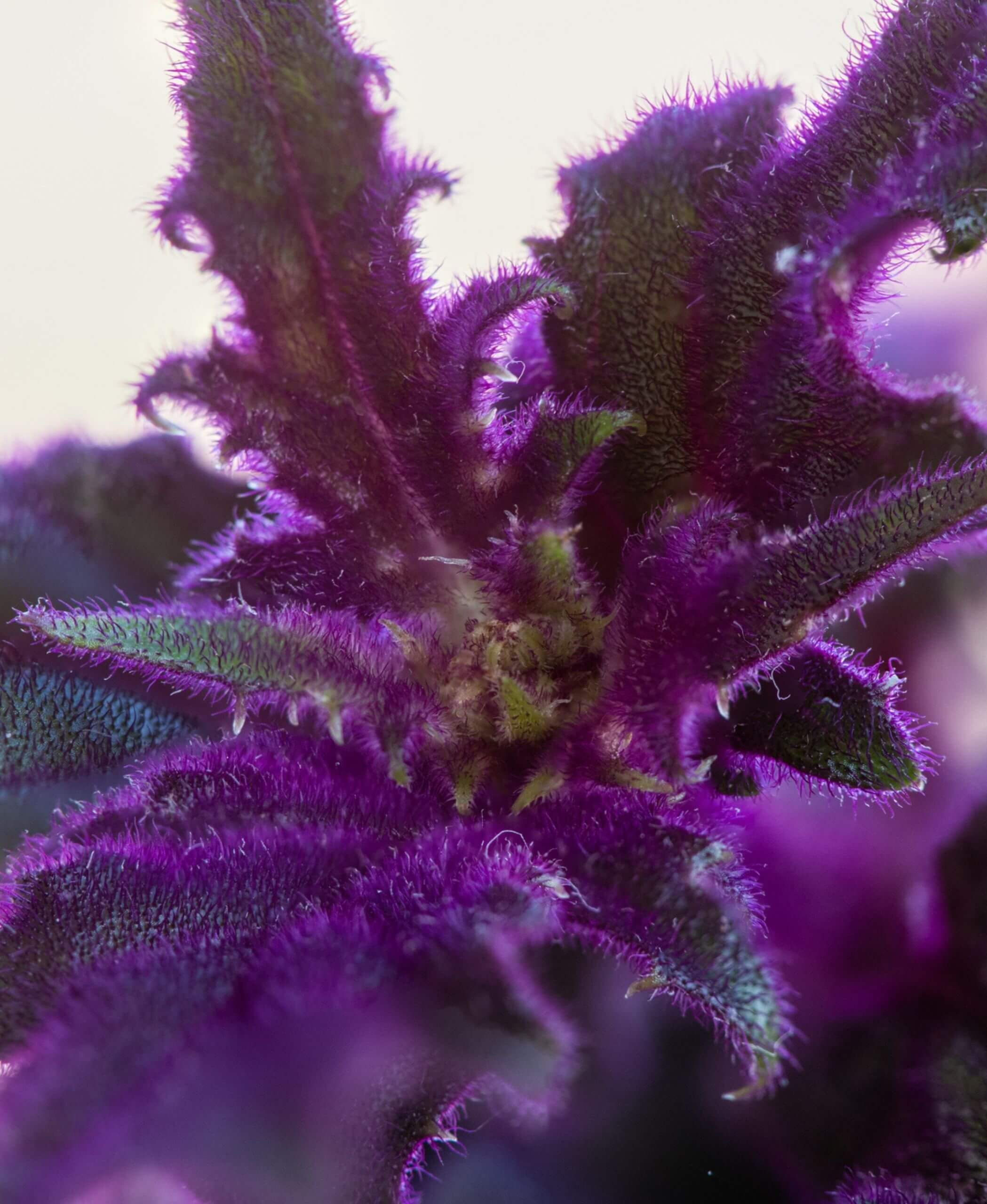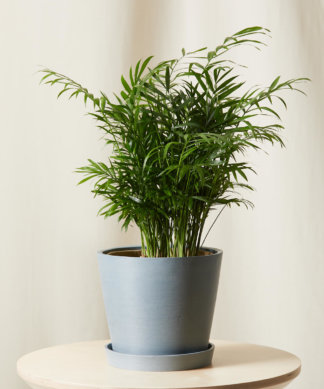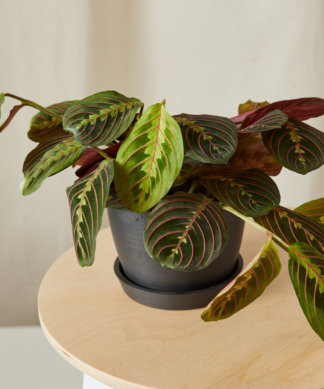How to care for your Purple Passion Plant
Use these instructions to care for a Purple Passion Plant. This guide will tell you how to water a Purple Passion Plant; its light, temperature, humidity preferences and any additional care it might need to help it grow.
Purple Passion Plant
Your purple passion plant prefers moderate to bright indirect light.
You allow 25% of the soil volume to dry before watering. When watering, try not to get the leaves wet as the hairs can trap moisture and cause the leaves to become waterlogged.
Your purple passion plant prefers a fairly humid environment. Avoid misting though, as it does not like to get water on the leaves. Instead, add a humidifier nearby or create a pebble tray.
Your purple passion plant prefers average indoor temperatures of 60–70°F.
Fertilize your plant once a month during spring and summer with an all-purpose liquid fertilizer diluted to half strength.
Purple passion plants are considered non-toxic for pets and humans.
If the plant starts to flower, that’s a sign it has reached maturity and you may want to start collecting cuttings.















